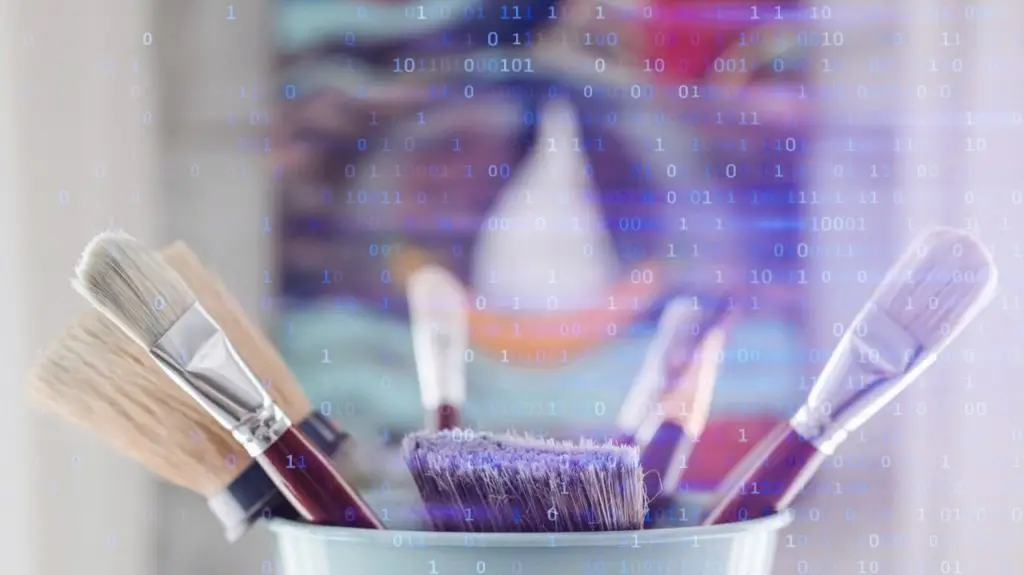Why Human Creativity Still Matters in the Age of AI
As AI becomes more embedded in the creative industries, there’s growing pressure to ask: where do human creators still hold the edge? The answer lies in areas where emotion, intuition, and ethical nuance play a central role.
Take collaboration, for example. AI can generate ideas, but it doesn’t collaborate. It can’t walk into a room, sense the tension, crack a joke, or riff off someone else’s energy. The magic of a creative team lies in real-time human dynamics—something no algorithm can replicate.
Then there’s the power of intentional rule-breaking, my personal favorite. Great artists often ignore conventions to make bold statements. AI follows patterns and logic. Humans know when to shatter them for effect, or just because it feels correct to break the rules because of context.
Ethical judgment is another human stronghold. Whether it’s navigating cultural appropriation or handling sensitive narratives, people weigh context, history, and consequence. AI can’t be morally accountable—it doesn’t understand why things matter. Which can lead to sticky situations that a human could at least understand, and hopefully navigate well.
Perhaps most importantly, human creators build relationships. A musician or filmmaker doesn’t just produce content—they connect. Fans don’t follow algorithms; they follow people they believe in. Trust, loyalty, and emotional resonance grow through shared experience, not code. Audiences remember how a creator made them feel—not just what they made.
And then there are those intuitive leaps—the gut decisions that don’t make logical sense but somehow work. They’re the sparks that often redefine genres or inspire cultural movements. No dataset can replicate the unpredictable brilliance of raw human instinct. That’s where the real magic happens.
AI is a powerful tool. But the soul of creativity? That still belongs to us.
#HumanCreativity #AI #ArtificialIntelligence #MachineLearning #CreativeProcess #Graphic Design

